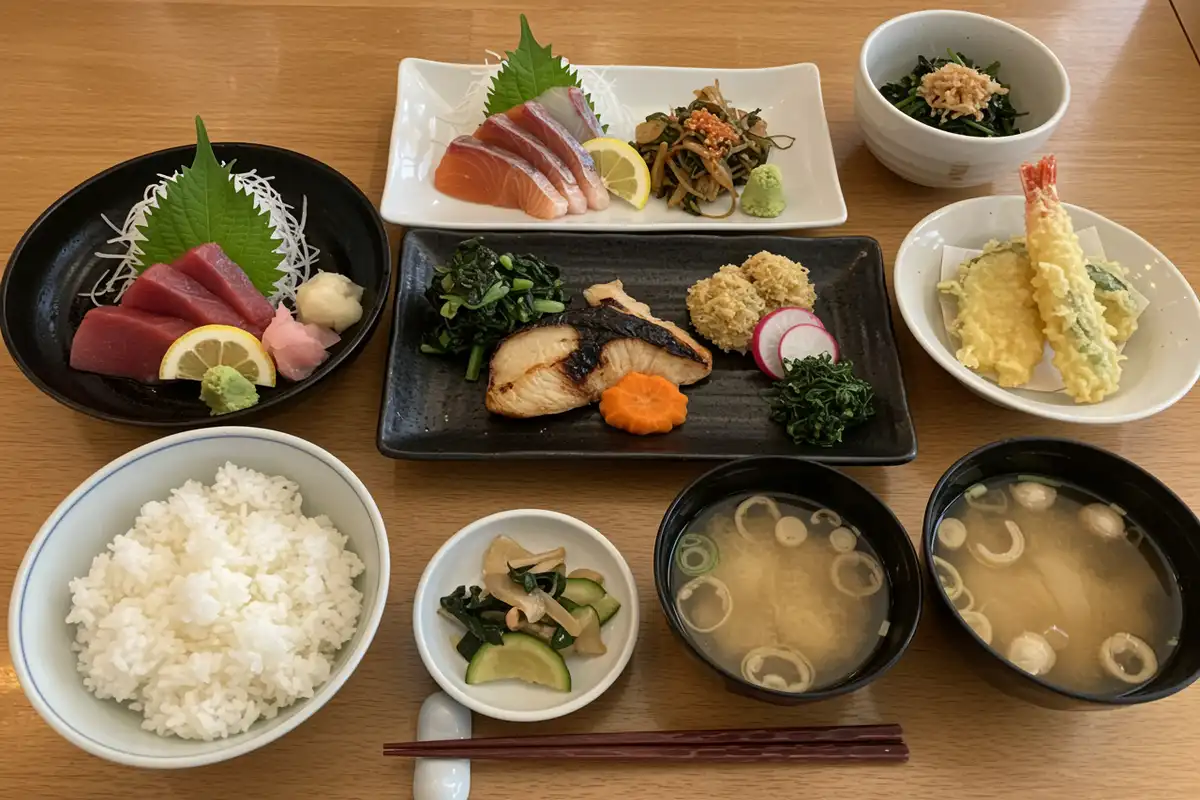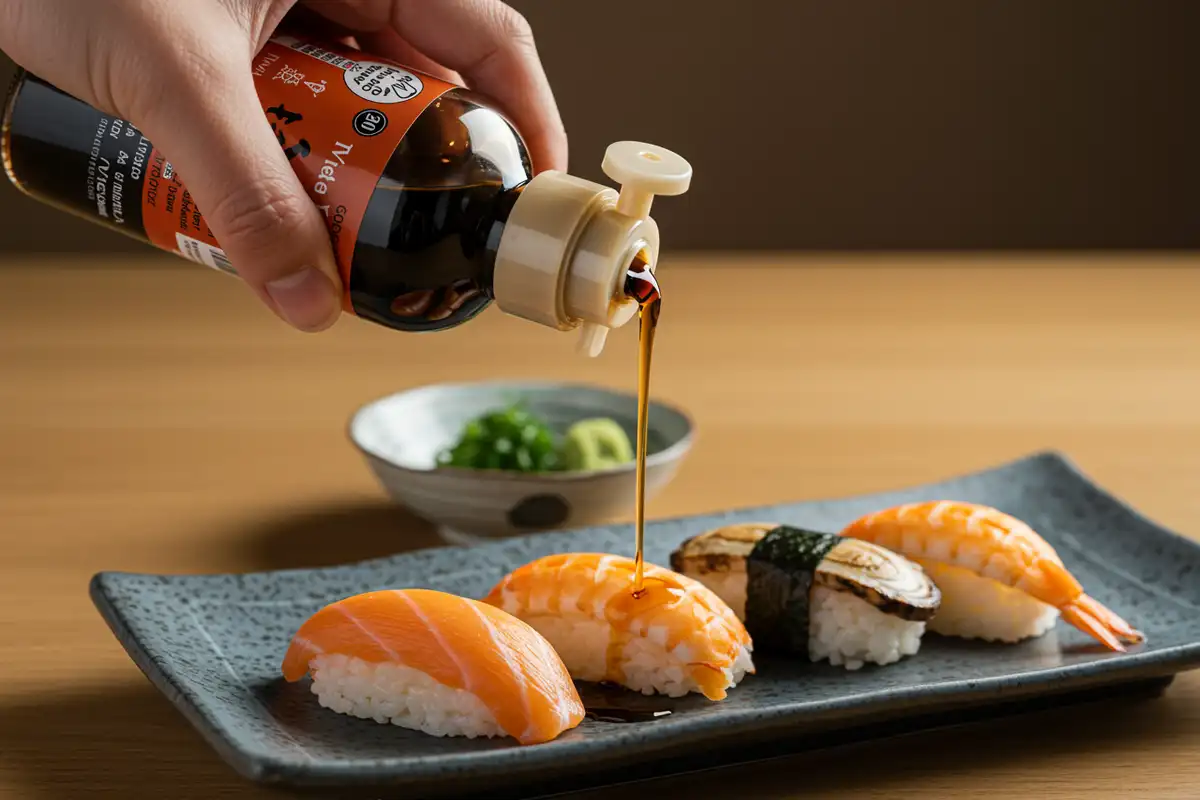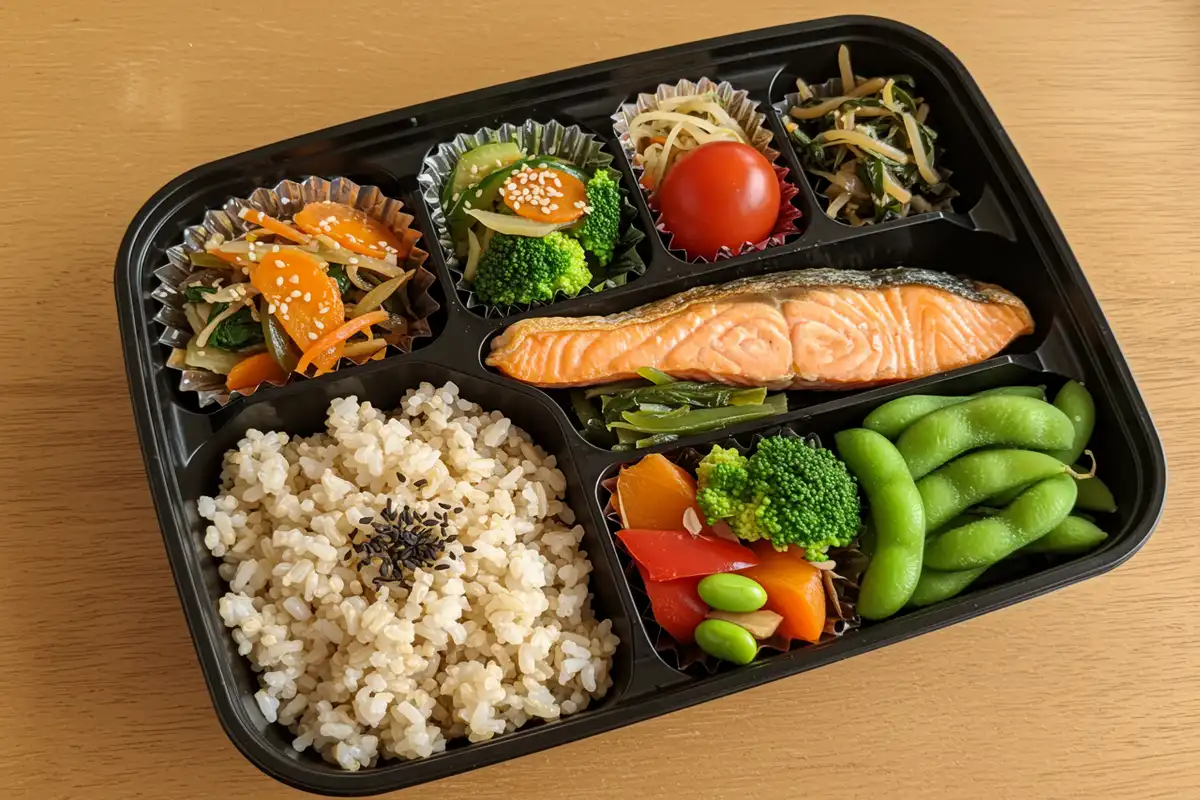Japanese food, man, where do I even start? It’s like, everywhere you look these days, people are going crazy for sushi rolls and ramen bowls, right? The precision, the fresh fish, those flavors that somehow hit you all at once… But here’s the thing that’s been bugging me (and probably you too if you’re reading this): Is Japanese food actually healthy, or are we all just buying into some kind of wellness hype?
Look, I’m not gonna sugarcoat it, the answer isn’t simple. It’s definitely not a black-and-white situation. Some days I think Japanese cuisine is the healthiest thing on the planet, other days I’m staring at my sodium intake and wondering what I’ve done to my body. It really comes down to what you’re eating, how it’s cooked, portion sizes (which, let’s be honest, we’re all terrible at judging), and the ingredients hiding in there. Let’s dig into this mess together and figure out what’s actually going on.
Why Everyone Thinks Japanese Food is Some Kind of Health Miracle
Okay so, Japanese food has this reputation. You know the one, it’s like the golden child of world cuisines when it comes to health. And honestly? There’s some truth to that.
- Fresh Ingredients (Like, Really Fresh): The Japanese are obsessed, and I mean OBSESSED, with seasonal stuff. When something’s in season, that’s when they eat it. Not from some frozen bag six months later.
- Fish Everywhere: Instead of loading up on fatty red meat, they’re all about that fish and seafood life. Lean proteins, omega-3s… my doctor keeps telling me to eat more of this stuff.
- Fermented Foods (Weird But Good?): Miso, natto, okay natto is an acquired taste, let’s be real, and even kimchi sometimes. These probiotic-rich foods are supposed to be amazing for your gut. Which apparently affects everything else in your body? Science is wild.
- Vegetables, Vegetables, Vegetables: They sneak vegetables into everything. It’s impressive, honestly.
- How They Cook It: Grilling, steaming, simmering, basically anything that doesn’t involve drowning food in oil. (Though we’ll get to tempura in a minute…)
Those fermented foods I mentioned? They’re legit packed with probiotics that do wonders for your digestive system. If you want to dive deeper into why fermentation is such a big deal, Healthline has this article that breaks it all down.
These are the reasons why Japanese food gets put on this pedestal, you know? And if you’re sitting there wondering about specific dishes, like, is Japanese curry actually good for you or is it basically comfort food in disguise?, I wrote this whole thing about it: Is Japanese Curry Healthy or Unhealthy? Check it out if curry’s your thing.
But Wait… The Not-So-Great Stuff Nobody Talks About
Here’s where things get messy. Because while traditional Japanese food has all these benefits, there’s some concerning stuff lurking beneath the surface:
- White Rice. So Much White Rice: It’s everywhere. Every meal. And yeah, it’s delicious, but it’s also refined carbs with barely any fiber, your blood sugar’s gonna spike like crazy.
- The Sodium Problem is Real: Soy sauce, miso, pickled everything… I love it all, but my god, the salt content. It’s kind of terrifying when you actually look at the numbers.
- Hidden Sugar: Those glazes and teriyaki sauces? Yeah. Sugar bombs.
- Fried Stuff (Because of Course): Tempura is basically deep-fried heaven, and tonkatsu, don’t even get me started. They’re not everyday foods, but they’re definitely part of the cuisine.
- Modern Shortcuts: Just like everywhere else, modern Japanese cooking sometimes uses processed ingredients, artificial flavors, preservatives… you know, the usual suspects.
So yeah. It’s not all rainbows and perfectly arranged bento boxes.
The Sodium Thing, We Need to Talk About This
I’m gonna be straight with you: if there’s one thing about Japanese food that keeps me up at night, it’s the sodium. Like, seriously.
Soy sauce? Loaded. Miso? Even more loaded. Those pickled vegetables that add such a nice crunch to everything? You guessed it. And the thing is, too much sodium messes with your blood pressure, which then leads to heart disease, strokes, all the scary stuff nobody wants to think about. If you’re trying to watch your salt intake (and honestly, most of us probably should be), the Mayo Clinic has some actually useful tips for cutting back.
- Low-Sodium Soy Sauce Exists: And tamari too. They’re lifesavers, honestly.
- Go Easy on the Miso Soup: I know, I know, it’s warm and comforting and perfect. But maybe not three bowls a day?
- Those Pickles Though: Just… be aware. They’re salty little flavor bombs.
- Cook at Home When You Can: This is huge. You control the ingredients, you control the sodium. Simple as that.
You can still enjoy Japanese food, you just gotta be smart about it, you know? And speaking of making things at home, if you’re experimenting with healthier versions of Japanese dishes, coconut milk can be this amazing creamy substitute in soups or curries. But here’s a weird question I had to research: can you even put coconut milk in a slow cooker without it separating into a weird mess? I wrote a whole guide on it because apparently this confuses a lot of people: Is It Okay to Put Coconut Milk in a Slow Cooker?
How to Not Completely Sabotage Yourself at a Japanese Restaurant
Eating out is where things get tricky. Because everything looks good, everything smells amazing, and before you know it you’ve ordered way too much. But here’s how I try to navigate it (with varying degrees of success):
- Stick to Grilled, Steamed, or Simmered: Basically avoid the word “fried” on the menu. I mean, unless it’s a cheat day. We all have those.
- Sushi and Sashimi Are Your Friends: Lean protein, those omega-3s we keep hearing about… just watch out for the rice portions and skip the mayonnaise-based sauces that some places drown everything in.
- Vegetables Should Cover Half Your Plate: Or at least… a good chunk of it? Stir-fried veggies, even tempura vegetables in moderation, load up.
- Brown Rice If They Have It: Some places do, some don’t. Always worth asking.
- Sauce on the Side, Always: This is such a simple trick but it works, you control how much goes on your food instead of them drowning it.
- Portion Awareness (The Hardest Part): Japanese restaurants can serve you enough food for three people and somehow make it look normal. Pay attention to when you’re actually full, not when the plate is empty.
These choices add up. Trust me.
Japanese Food vs. Chinese Food, The Showdown Nobody Asked For
People always ask this: “Which is healthier, Chinese or Japanese?” And it’s like… okay, let me think about this for a second.
- Chinese Food: Can be incredibly unhealthy, especially the Americanized versions with their sweet and sour everything and MSG-loaded sauces. But authentic Chinese cuisine? Tons of vegetables, lean meats, steaming as a cooking method… it’s actually pretty good. Depends where you’re eating.
- Japanese Food: Like we’ve been talking about, can be healthy, but watch the sodium and refined carbs.
The truth is both cuisines can fit into a healthy diet if you’re not an idiot about it. Choose wisely, don’t overeat, focus on whole foods… you’ve heard this all before.
The Questions Everyone Keeps Asking Me
Let me just rapid-fire answer some of the stuff I hear all the time:
Is Japanese food actually healthy?
Which is healthier, Chinese or Japanese food?
Is food in Japan highly processed?
Are Japanese people healthier than Americans?
Alright, so is Japanese food healthy or unhealthy? After all this rambling, it’s both. And neither. And it depends. (I know, I know, not the clear answer you wanted.) But here’s what I’ve learned: if you understand what you’re eating, stay aware of the sodium traps and refined carb overload, and make conscious decisions instead of just ordering blindly… then yeah, you can absolutely enjoy Japanese food as part of a healthy life. It’s not about being perfect, it’s about finding that balance. And maybe ordering one less roll than you think you need.




Leave a Reply